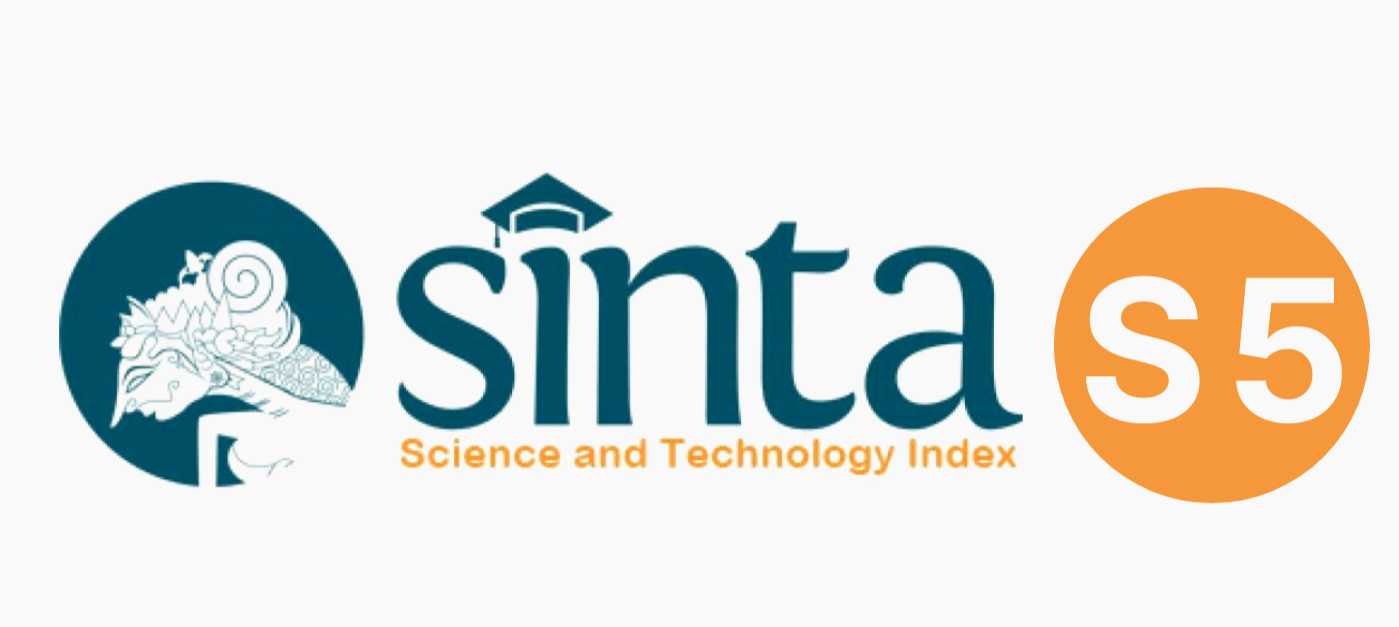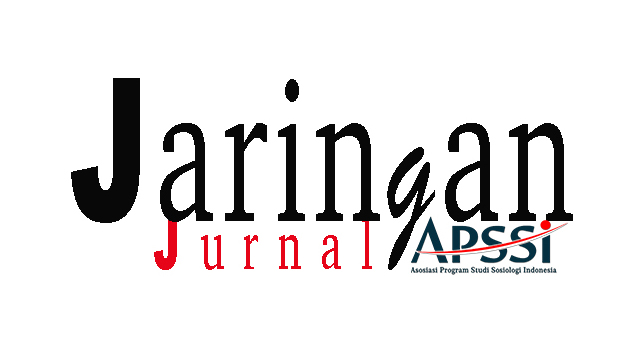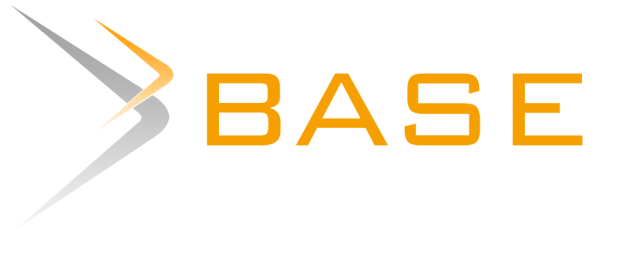Solidaritas di Antara Pengrajin Songket: Suatu Tinjauan terhadap Teori Solidaritas Emile Durkheim di Desa Muara Penimbung, Kecamatan Indralaya, Kabupaten Ogan Ilir
 Abstract: 621
/
Abstract: 621
/  Abstract: 1104
Abstract: 1104
DOI:
https://doi.org/10.47753/je.v5i1.90Keywords:
Kualitatif, Pengrajin songket, Solidaritas Sosial, Kampoeng BNI.Abstract
Penelitian ini bertujuan untuk mengetahui seperti apa bentuk solidaritas yang terjalin antar para pengrajin songket di Kampoeng BNI, serta menganalisis faktor yang mempengaruhi terwujudnya solidaritas pengrajin songket tersebut. Penelitian ini menggunakan metode kualitatif dimana pengumpulan datanya dilakukan dengan wawancara sehingga mampu menggali lebih dalam tentang solidaritas sosial yang terjalin diantara para pengrajin tersebut. Sebagai objek dalam penelitian ini adalah pengrajin songket Kampoeng BNI di Desa Muara Penimbung, Kecamatan Indralaya. Kabupaten Ogan Ilir. Hasil temuan menunjukkan bentuk solidaritas yang terjalin dalam lingkup pengrajin ini mengalami pergeseran dari solidaritas mekanis kesolidaritas organis, mereka memiliki tipe pekerjaan dan tujuan yang sama dalam memenuhi kebutuhan hidupnya. Kemudian terwujudlah gotong-royong berupa kerja bakti. Selain itu, bentuk kerjasama berupa produksi dan bagi hasil terjalin dalam kelompoknya. Hal itu dipicu oleh adanya faktor-faktor yang mewujudkan solidaritas didalam kelompok pengrajin. Diantaranya yaitu muncul faktor kebiasaan dan juga faktor kesamaan mata pencaharian.References
Ayodele, J. O. (2019). Temporal dynamics of solidarity and corruption-reporting practices: an appraisal of Durkheim’s theoretical assumptions in Nigeria. African Identities, 17(3–4), 241–257. https://doi.org/10.1080/14725843.2019.1670618
Bakadorova, O., Hoferichter, F., & Raufelder, D. (2020). Similar but different: social relations and achievement motivation in adolescent students from Montréal and Moscow. Compare, 50(6), 904–921. https://doi.org/10.1080/03057925.2019.1576122
Faedlulloh, D. (2017). Modal Sosial dan Praktik Gotong Royong Para Pengrajin Gula Kelapa di Desa Ketanda Kabupaten Banyumas. Publisia: Jurnal Ilmu Administrasi Publik, 2(2), 89–101. https://doi.org/10.26905/pjiap.v2i2.1467
Gofman, A. (2014). Durkheim’s theory of social solidarity and social rules. The Palgrave Handbook of Altruism, Morality, and Social Solidarity: Formulating a Field of Study. https://doi.org/10.1057/9781137391865_3
Harianto, S., Imron, A., Setiawan, K. G., & Sadewo, F. X. S. (2018). Social and economic behavior shift in the suburban society. In Journal of Physics: Conference Series (Vol. 953). https://doi.org/10.1088/1742-6596/953/1/012187
Hawkins, M. J. (1979). Continuity and Change in Durkheim’s Theory of Social Solidarity. Sociological Quarterly, 20(1), 155–164. https://doi.org/10.1111/j.1533-8525.1979.tb02192.x
Herzog, L. (2018). Durkheim on Social Justice: The Argument from Organic Solidarity. American Political Science Review, 112(1), 112–124. https://doi.org/10.1017/S000305541700048X
Irfan, M. (2017). Metamorfosis Gotong Royong Dalam Pandangan Konstruksi Sosial. Prosiding Penelitian Dan Pengabdian Kepada Masyarakat, 4(1), 1. https://doi.org/10.24198/jppm.v4i1.14204
Krettenauer, T., & Edelstein, W. (1996). Justice as solidarity: A study of the political socialization of adolescents from east and west germany within the theoretical framework of Durkheim’s sociology of morality. Social Justice Research, 9(3), 281–304. https://doi.org/10.1007/BF02197252
MartÃnez-Rolán, X., & Piñeiro-Otero, T. (2017). Invisible ties of political communication. Communities of political parties on Twitter in local government elections | Lazos invisibles de la comunicación polÃtica. Comunidades de partidos polÃticos en twitter en unas elecciones municipales. Profesional de La Informacion, 26(5), 859–870. https://doi.org/10.3145/epi.2017.sep.08
Morgner, C. (2016). Fragmentation and solidarity in the artistic milieu of contemporary Paris: A perspective from Emile Durkheim. City, Culture and Society, 7(3), 123–128. https://doi.org/10.1016/j.ccs.2016.05.004
Nopianti, R. (2016). Leuit Si Jimat: Wujud Solidaritas Sosial Masyarakat Di Kasepuhan Sinarresmi. Patanjala : Jurnal Penelitian Sejarah Dan Budaya, 8(2), 219. https://doi.org/10.30959/patanjala.v8i2.74
Nuryanto, M. R. B. (2014). Studi Tentang Solidaritas Sosial Di Desa Modang Kecamatan Kuaro Kabupaten Paser (Kasus Kelompok Buruh Bongkar Muatan). E-Journal Konsentrasi Sosiologi, 2(3), 53–63.
Oroskhan, M. H., & Moulavinafchi, A. (2021). Revisiting Ibsen’s hedda gabler through Durkheim’s sociological suicide: A body to end the doom of organic solidarity. Folia Linguistica et Litteraria, (33), 83–99. https://doi.org/10.31902/FLL.33.2020.4
Rueschemeyer, D. (1994). Variations on two themes in Durkheim’s Division du travail: Power, solidarity, and meaning in Division of Labor. Sociological Forum, 9(1), 59–71. https://doi.org/10.1007/BF01507705
Schiermer, B. (2014). Durkheim’s concept of mechanical solidarity - Where did it go? Durkheimian Studies, 20(1), 64–88. https://doi.org/10.3167/ds.2014.200104
Schoenfeld, E., & Me ŠRovi Ć, S. G. (1989). Durkheim’s concept of justice and its relationship to social solidarity. Sociology of Religion: A Quarterly Review, 50(2), 111–127. https://doi.org/10.2307/3710982
Sugiyono. (2014). Metode Penelitian Kuantitatif Kualitatif dan R&D. Bandung: Alfabeta.
Thijssen, P. (2012). From mechanical to organic solidarity, and back: With Honneth beyond Durkheim. European Journal of Social Theory, 15(4), 454–470. https://doi.org/10.1177/1368431011423589
Tiryakian, E. A. (2005). Durkheim, solidarity, and September 11. The Cambridge Companion to Durkheim. https://doi.org/10.1017/CCOL9780521806725.012
Downloads
Published
Issue
Section
License
Articles published in Jurnal Empirika are licensed under the International License of Creative Commons Allowance-ShareAlike 4.0. The author is free to use any media to copy, change, or redistribute the paper, provided the author gives credit to the original author and this journal, links to the license, shows if modifications have been made, and redistributes it in the same permission. The author grants the right to any third party to use their posts following the Creative Commons Attribution-Share Alike International 4.0.











